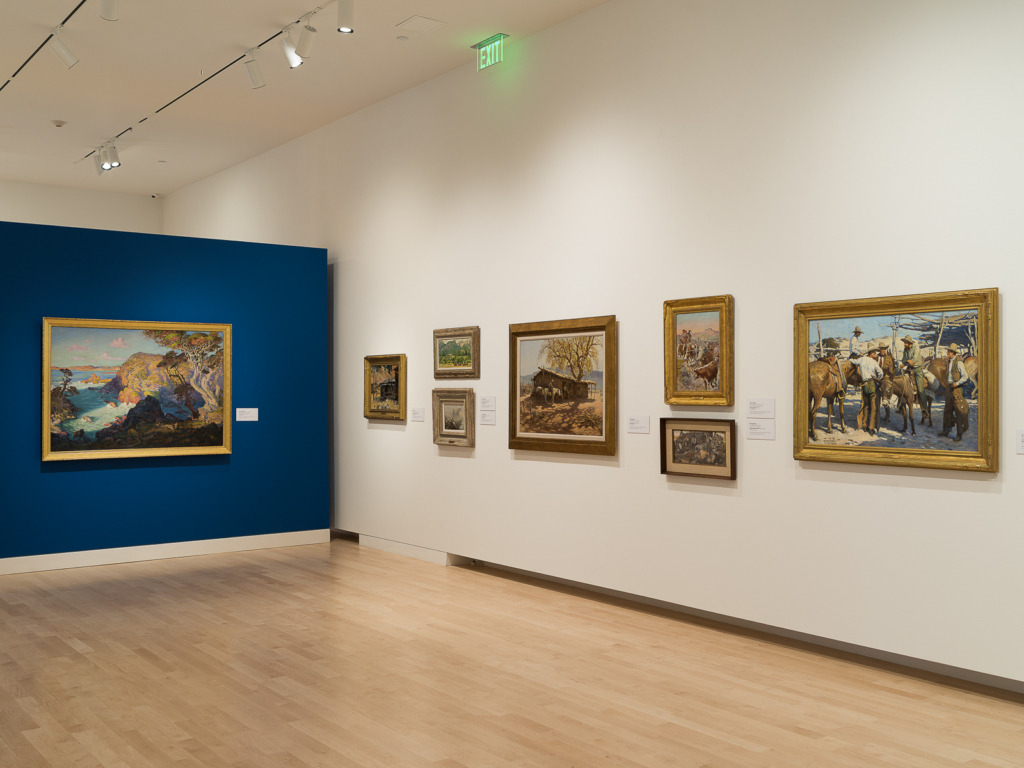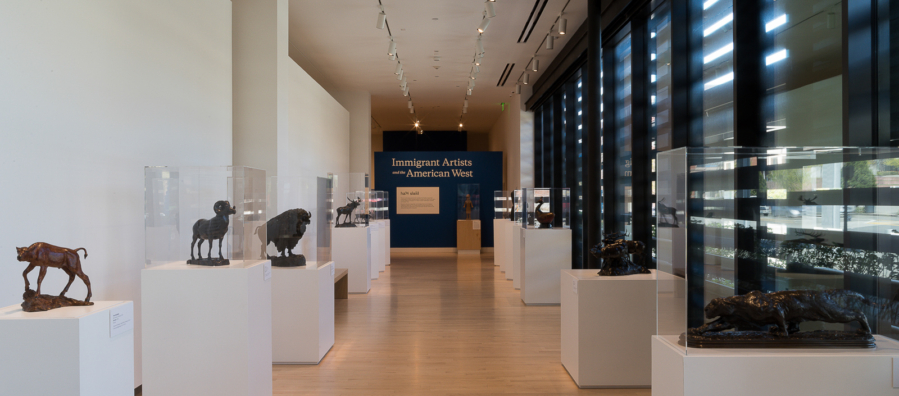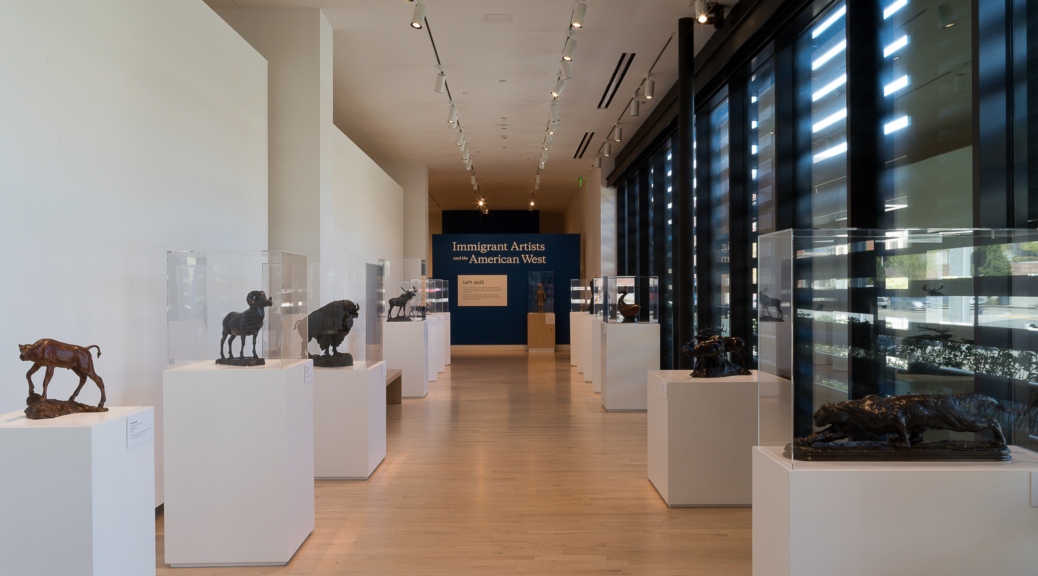What do shopping lists, menus, closets, and artworks have in common? Not much, but recently people think you can “curate” all these things. Curating is a buzzword that confuses some people because the word can be taken out of its original context and applied awkwardly to describe collections at best, but even more simply lists of things.
The etymology, or history, of the word “curate” tie it to the Latin cura, which translates to mean care. If you think of a curator in this most literal form, it is someone who cares for things, and perhaps then you can see why many of us get confused when you have a “curated” shopping list!
Typically, in museum settings, curators are specialized professionals who work with and care for collections of objects related to their fields of study. There are history curators, curators of natural history, curators of the sciences, art curators, and so on and so forth. As a curator of western art, I literally care for a collection of art about the American West.

When I say I care for the collection it means that I am concerned with just about every detail of the collection from the artists who create the work and how it is presented in museums and publications to how it relates to different topics and connects with people. My care of the collection is shaped by who I am as a person and my individual interests and experiences. My work is often connected to my values and belief systems, although at times very subconsciously or even peripherally. If you listen, you can hear my voice in my curatorial work.
Finding an exhibition that you like can be like reading a good book, watching your favorite movie, or even having a nice meal, but just like books, movies, and meals, we all have our individual tastes. You may like the curatorial choices or you may not; my hope is that you take a moment from your life to experience art and ideas, and see where it takes you.
Curatorial work is not mechanized, it is not automated; it is largely emotive. Curators make deliberate and calculated choices that you encounter when you visit the museum. There are nuances that can be almost imperceivable and many subtle details that are carefully planned by curators. Some people move through museum spaces and tune out the curatorial narratives, but we are all impacted by what a curator chooses to display.
Curatorial voice is an important topic and often demonstrates that there are a lot of inequities in these institutions and society at large. Many museums and curators are recognizing their biases and making efforts to be more equitable. There is a lot of work ahead in this realm and it is important to encourage our museums to be the best institutions they can be. Here in Tacoma, I am proud to learn that we have vocal groups of artists and activists that push museums like Tacoma Art Museum to be better.

